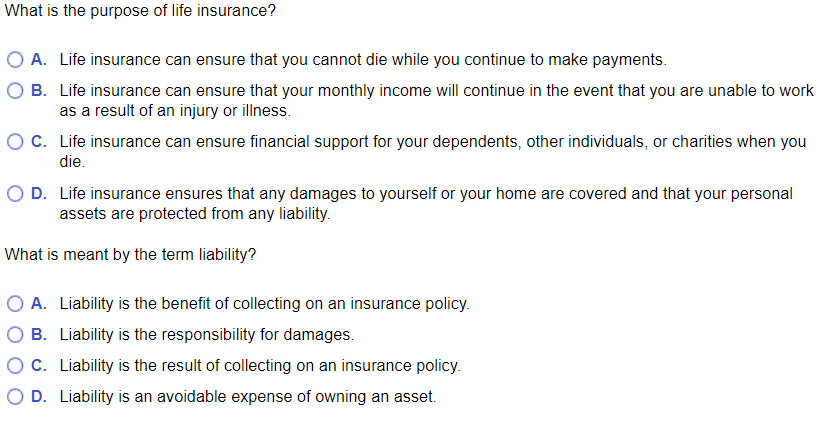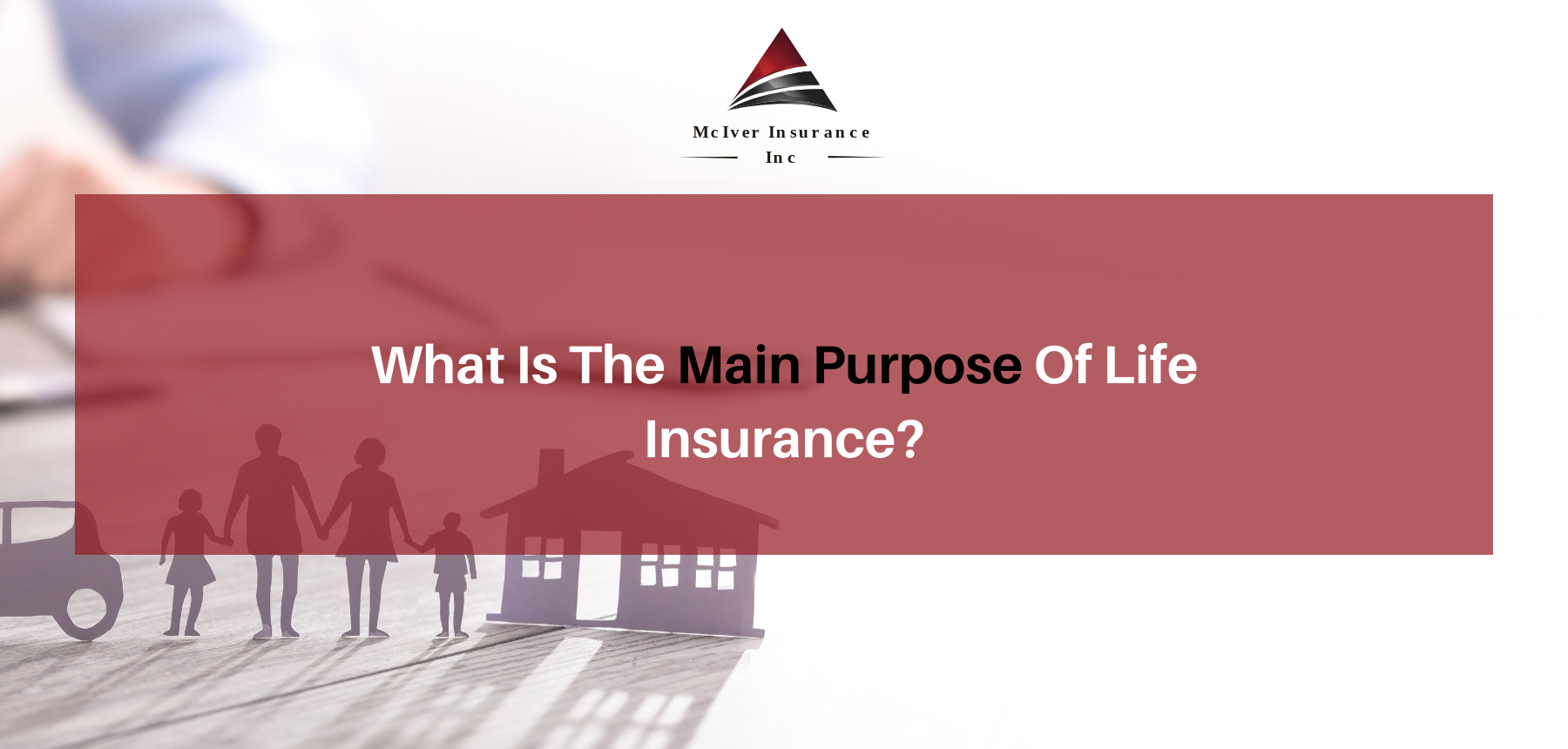Pacific Prime - Questions
Pacific Prime - Questions
Blog Article
Little Known Questions About Pacific Prime.
Table of ContentsUnknown Facts About Pacific PrimeFacts About Pacific Prime UncoveredLittle Known Questions About Pacific Prime.Rumored Buzz on Pacific Prime
In a lot of states, the insurance provider is called for to send you a duplicate of the modifications to your policy. It is crucial that you read Recommendations or Bikers so you recognize how your policy has transformed and if the plan is still sufficient to meet your needs. To acquire a duplicate of your insurance plan, please call your insurance policy representative or firm.
The Institute of Medication (IOM) Board on the Consequences of Uninsurance launches a prolonged examination of evidence that addresses the value of medical insurance protection with the magazine of this report. Protection Matters is the first in a series of 6 records that will certainly be provided over the following 2 years documenting the reality and effects of having an estimated 40 million individuals in the United States without medical insurance protection.
:max_bytes(150000):strip_icc()/basics-to-help-you-understand-how-insurance-works-4783595_final-9cf74d5b66d14f88a21ab29ddb290e2d.png)
What Does Pacific Prime Mean?
The objective of this series of studies is to redouble plan focus on a historical trouble. Complying with the longest economic growth in American history, in 1999, an estimated one out of every six Americans32 million grownups under the age of 65 and greater than 10 million childrenremains without insurance (Mills, 2000).

10 percent of the population accounts for 70 percent of healthcare expenses, a relationship that has stayed constant over the previous three decades (Berk and Monheit, 2001) - expat insurance. Thus wellness insurance coverage continues to offer the feature of spreading risk also as it progressively finances routine care. From the perspective of healthcare providers, insurance coverage brought by their patients assists protect a profits stream, and areas take advantage of economically feasible and secure healthcare experts and institutions
Government gives wellness insurance policy to populaces whom the personal market might not serve successfully, such as handicapped and senior persons, and populaces whose accessibility to healthcare is socially valued, such as kids and pregnant women. The ultimate ends of wellness insurance policy protection for the private and neighborhoods, consisting of work environment neighborhoods of workers and employers, are boosted wellness end results and lifestyle.
The Single Strategy To Use For Pacific Prime
Workers place wellness insurance coverage first without a doubt in relevance among all the benefits used in the work environment (Salisbury, 2001). Although there have been substantial investments of personal and public funds to provide medical insurance, lots of people still have no coverage. Despite comprehensive reporting of study searchings for and health treatment study results, the general public continues to be baffled and misinformed about Americans without health and wellness insurance coverage and the effects of doing not have insurance coverage.

Without doubt, the complexity of American wellness treatment funding mechanisms and the wide range of resources of info include to the general public's confusion and apprehension regarding medical insurance stats and their interpretation. This record and those that will adhere to purpose to boil down and present in conveniently reasonable terms the considerable research study that bears upon questions of medical insurance coverage and its importance.
Fifty-seven percent of Americans polled in 1999 believed that those without health and wellness insurance are "able to get the care they need from medical professionals and health centers" (Blendon et al., 1999, p. 207). In 1993, when nationwide attention was focused on the troubles of the uninsured and on pending health treatment legislation, just 43 percent of those questioned held this idea (Blendon et al., 1999).

They also obtain less preventative solutions and are less likely to have regular treatment for chronic problems such as hypertension and diabetes. Chronic diseases can cause expensive and disabling issues if they are not well taken care of (Lurie et al., 1984; Lurie et al., 1986; Ayanian et al., 2000). One national survey asked greater than 3,400 adults regarding 15 extremely severe or somber problems.
Not known Incorrect Statements About Pacific Prime
Extra evidence is provided later on in this chapter in the conversation of insurance coverage and accessibility to healthcare. https://www.pageorama.com/?p=pacificpr1me. People without medical insurance are young and healthy and choose to do without protection. Practically fifty percent (43 percent) of those evaluated in 2000 believed that individuals without medical insurance are more probable to have illness than people with insurance coverage
Voters and policy makers in focus team discussions characterize those without insurance policy as youngsters who have the chance to be covered and feel they do not require it (Porter Novelli, 2001). Contrasted to those with a minimum of some exclusive coverage, the without insurance are less likely to report remaining in outstanding or excellent wellness (Agency for Healthcare Research Study and High Quality, 2001).
RESOURCE: Center for Expense and Financing Researches, Company for Medical Care Research Study and Quality, based upon MEPS data. Youthful grownups between 19 and 34 are much more most likely to lack medical insurance than any kind of various other age group. This is primarily because they are less often eligible for employment-based insurance coverage because of the nature of their job or their short period in it.
The perception that individuals without insurance have better-than-average wellness complies click here for info with from confusing the fairly young age profile of the without insurance with the better health, usually, of younger individuals. This covers the link in between wellness status and medical insurance. For those without accessibility to work environment health insurance policy, poor health is a potential barrier to purchasing nongroup coverage because such coverage may be very priced, leave out preexisting conditions, or be simply inaccessible.
Report this page